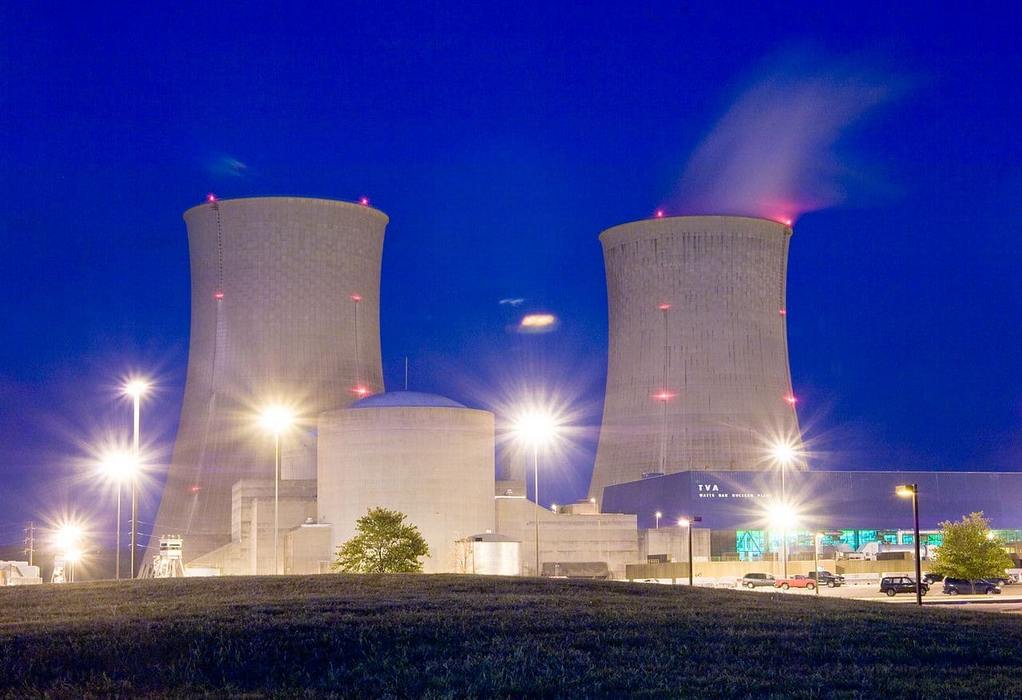Researchers have set a new nuclear fusion reaction record and produced more power using the technology than ever before.
They used the Joint European Torus, (JET), a large and powerful fusion machine at the Culham Centre for Fusion Energy near Oxford, England, to reliably generate fusion energy. JET’s final deuterium-tritium experiments generated high fusion power for five seconds while creating the groundbreaking record of 69 megajoules using just 0.2 milligrams of fuel. That is equivalent to the amount of energy produced by around 15 kilograms of TNT.
Nuclear fusion refers to the reactions where two light atoms’ nuclei combine to form a heavier one along with a massive release of energy. But this is not an easy process. Atomic nuclei have a strong repulsion against each other. That is why the sun gets these nuclei to collide with each other at extremely high temperatures of around ten million degrees Celsius. That is what is required to overcome that mutual repulsion.
But once two nuclei come very close to each other, the attractive nuclear force between them will become stronger than the electrical repulsion, letting them fuse. This will only happen if the nuclei are confined to a small space to increase the chances of collision. This is achieved by the sun with the extreme pressure caused by its incredibly strong gravity.
JET is something called a tokamak, a machine that uses powerful magnetic fields to confine plasma into the shape of a donut. Most researchers looking to create commercial fusion energy use two hydrogen variants — deuterium and tritium. The fusion of deuterium and tritium produces a helium atom and a massive amount of energy.
Bowie called it a final swansong because the JET facility ended its scientific work in December, reports The Guardian. Over the next 17 years, the facility will be decommissioned in a lengthy and heavily documented process that will help future engineers better understand how to build and dismantle fusion reactors.
Fusion energy could be the lynchpin in our fight against climate change. But there is a problem — by the time it becomes a viable source of energy, it might be too late to use it as the main tool against climate change, according to Aneeqa Khan, a research fellow in fusion energy at the University of Manchester.
Tags: Clean Energy, Nuclear, TNT

Recent Posts
GCMD completes biofuel supply chain trials with Hapag-Lloyd
Airbus partners with Avolon on hydrogen aviation
Nuclear power transition more safe option for decarbonisation than coal
ABS presents industry’s first advisory on ammonia bunkering
AW Shipping orders multiple dual-fuel vessels from China
HIF Global partners with Airbus to advance development of SAF
ASL Aviation signs agreement with ZeroAvia for retrofit
AM Green plans to invest $1 bn to set up 2G biofuel plants